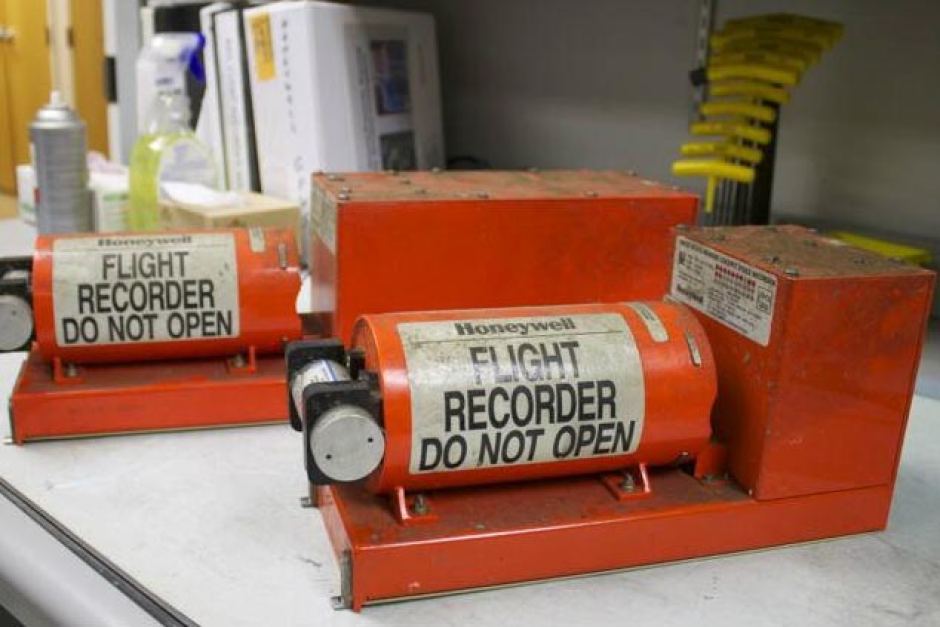Boeing has been at the forefront of the media for most of the past year, and with 207 airplane crashes in 2019 and the numerous issues with the 737 Max, we often get asked what a black box is?
Aircraft are by far the safest way to travel, but accidents happen, and when they do, it is the FAA’s job to determine what happened so that it can be prevented from occurring again. In the event of an accident, the FAA or aviation authority of another country will send an investigation team to the site. Their job is to both recover and determine the cause of the event. One massive piece of the puzzle often comes from the pilot’s voices, and this information is stored on the black box.
By the way, did you know a black box is not black? They are orange, international orange if you want to get specific, and they are made up of two components.
Below, we’ll review a few things you may not have known about the black box.
1. The Black Box Isn’t One Box
The black box is comprised of two components.
There is the Cockpit Voice Recorder (CVR) and the Flight Data Recorder (FDR). In some planes, they may be together in one box, but most of the time, they’re two separate boxes. If you want to know what a CVR or FDR costs to install or what your aircraft equipment is worth, then visit VREF.
The CVR records the radio transmissions with air traffic control. Moreover, it picks up any background noise it hears. The data captured can include conversations between the pilots, crew interactions, and engine noises.
The FDR is what records everything going on with the airplane. A few things it monitors are the altitude, airspeed, magnetic heading, the time, and the phase of the flight.
It’ll be able to tell people the route the pilot took. It can also look at whether there was a failure in the system, if it was human error, or if weather played a role in the crash.
2. They’re Not Black
There isn’t one definitive answer on why black boxes are called black boxes.
Black boxes are orange, international orange — not black. This orange coloring helps people find the CVR/FDR after plane crashes.
The black box, if underwater, will also emit a sound so the plane can be found. Keep in mind that no sound is emitted if the crash happens on land.
3. Most of the Data Stored Isn’t Audio
Only two hours’ worth of audio is recorded in the CVR.
The CVR is continuously recording over itself to make sure the newest audio remains. Older models would only store up to 30 minutes’ worth of audio.
FDR stores most of the data. A total of 25 hours’ worth of flight data is stored in the FDR.
The data stored in the CVR and FDR are used in case of a crash so people can investigate what happened.
4. Black Boxes Are Stored in the Tail of the Airplane
Initially, the black boxes were stored in the cockpit.
Then, after many instances of the black boxes being unrecoverable, they moved the location.
The tail of the plane is a much safer place to keep the black boxes as they’re less likely to take the damage.
Airplane Black Box: There to Help
The black box is a great invention.
These black boxes help investigators find out what went wrong. Once they know what’s wrong, they correct the problem.
In this way, any errors that happened with one crash can be avoided in the future.
Review our blog if you want to learn the latest news about the airplane industry.






